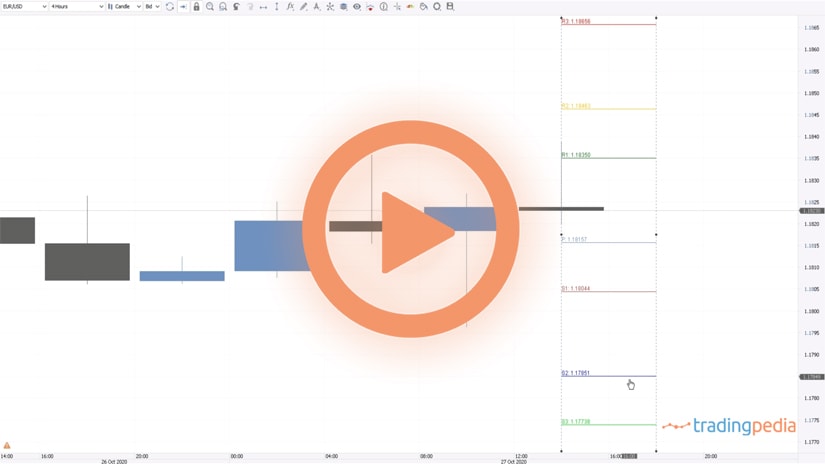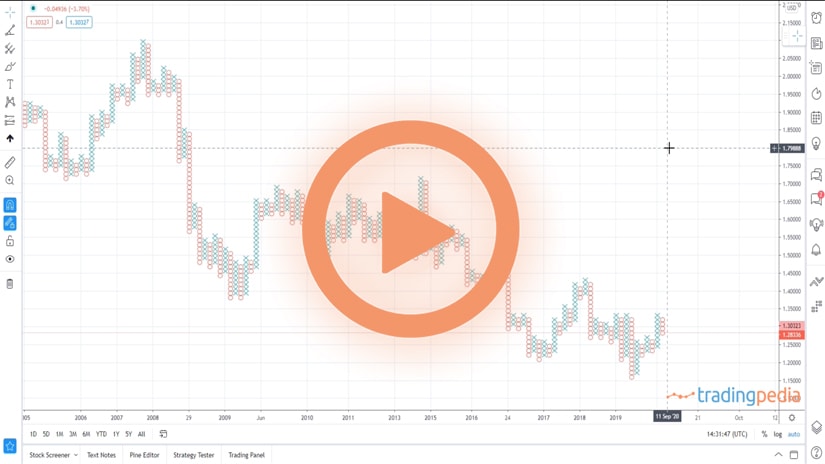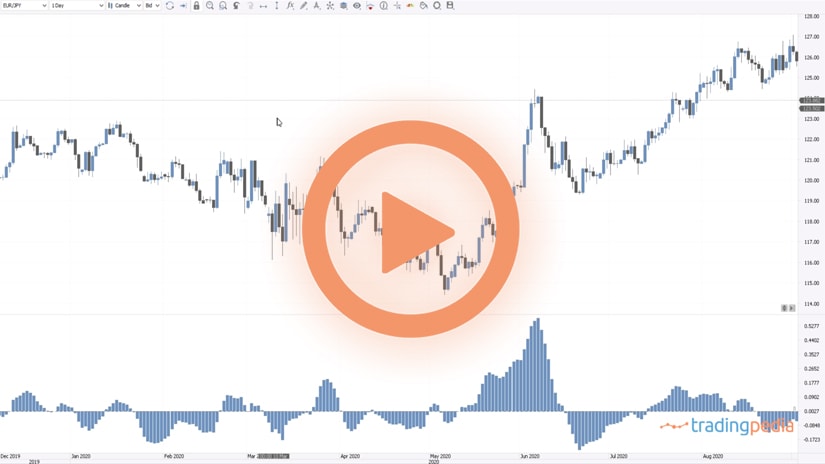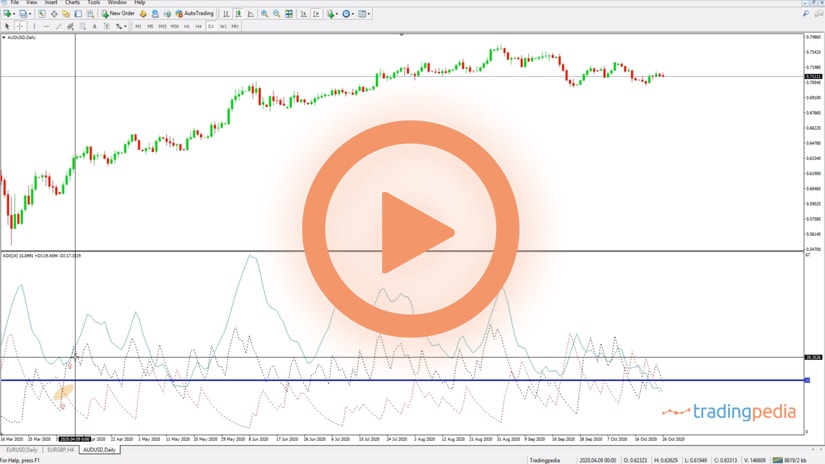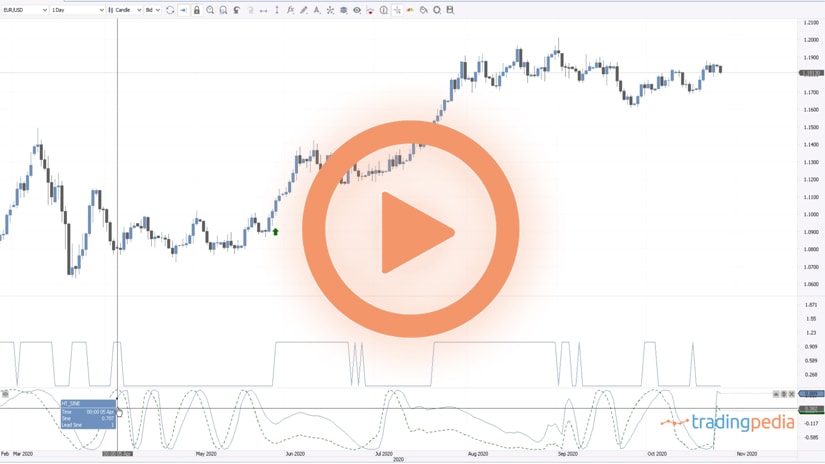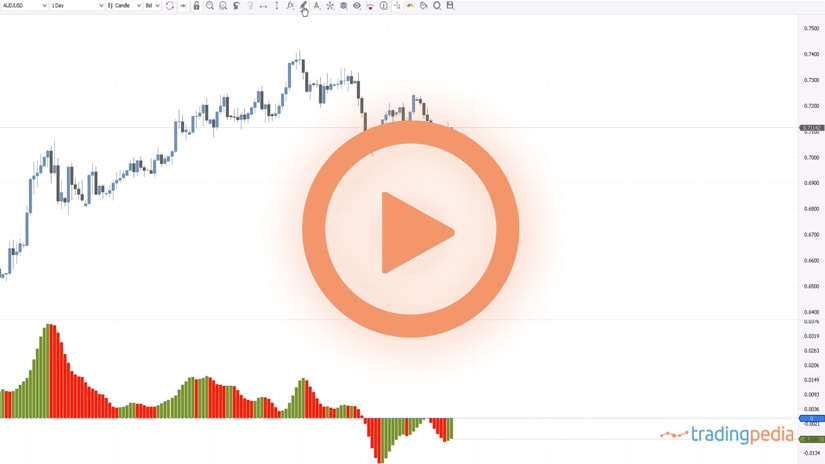
Hello there, this is tradingpedia.com and this video shows an interesting indicator – the Parabolic SAR. This is a controversial indicator in the sense that many traders consider it as lagging the price action, so we cannot have much of a use for it. However, as you are about to see today, it is quite successful in identifying market turns if we know how to use it.
Overview
The Parabolic SAR appears on any trading platform, including the MetaTrader 4 and 5. The indicator is represented by these dots that you can see here and the indicator plots the dots either above the candlesticks (bearish) or below (bullish). So what is the catch here? The problem is that during ranging conditions, the indicator will just plot these values below or above the candlesticks and you won’t know the right direction.
Filter the Signals
In order to trade with it, we need to filter those signals, and this is what I would like to explain in this video. This is the USDCAD 4h showing the price action in the last months of 2020. Let’s start from this moment on.
We see bearish price action as indicated by the Parabolic SAR, but despite the fact that the SAR points declined, the candlesticks actually show bullish price action. Then, at one point in time, the Parabolic SAR changed the points below the candlesticks, signaling bullish conditions. The problem is that this is not the moment to go on the long side because we don’t know if the range continues or not.
The right way to interpret this indicator is to wait for the price to form a new candlestick and to close beyond the first point on the declining trend. Some traders wait until the market reverses fully until the last SAR point, but that would be a conservative approach.
Using an aggressive approach, we go long on this candlestick because the Parabolic SAR is bullish and the market closed beyond this point – 1.32179. This would be the start of a bullish trend and all we have to do is stay on the long side.
Trail the Stop Loss
Traders also use the Parabolic SAR to trail their stops. For instance, for any trade, we need an entry and a risk-reward ratio. If this is our entry, and this is the risk, for a risk-reward ratio, we need this take-profit level. But we don’t know how the market goes there. So, traders trail the stop loss with each candlestick by using the SAR points. For instance, the change here is from 1.3138 to 1.3142, then 1.3163, and so on. Therefore, we trail the stop for forty ours and the SAR points tight the stop. Where should we exit? We see that the market plots a point above this candlestick and with this candlestick here the market manages to close below the SAR point.
Therefore, this is a great place to either go on the short side or to close the previous long trade, if any. If we go short here, the market reverse, the Parabolic SAR reverses as well to the upside at this point in time, but the market fails to close beyond the last bearish parabolic SAR. The closing price was 1.3410 but the SAR point was 1.3412. Next, the market reverses to the downside, the market attempts a bullish signal again, but the closing remains below the bearish Parabolic SAR point. It offers another opportunity to go on the short side and the market offered three opportunities to go short here.
Related Videos
Conclusion
If you followed the rules that I explained here all the way to this trading setup, you will see how easily it is to filter the signals using the Parabolic SAR and why this indicator is not that useless as many trades like to think. Thank you for being here and have a great day – bye, bye.
